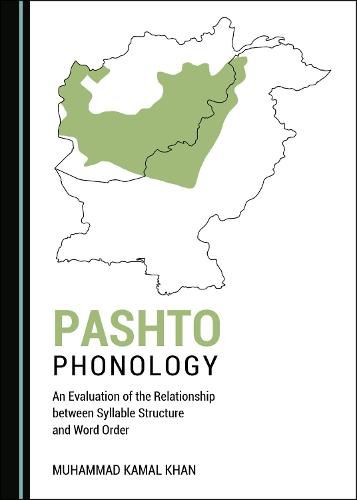Readings Newsletter
Become a Readings Member to make your shopping experience even easier.
Sign in or sign up for free!
You’re not far away from qualifying for FREE standard shipping within Australia
You’ve qualified for FREE standard shipping within Australia
The cart is loading…






The book provides a detailed analysis of the relationship between syllable structure and word order, a long-standing correlation in typological linguistics which has been previously described as an implicational universal. It presents data from Pashto (an Eastern-Iranian language spoken mainly in Pakistan and Afghanistan), and explores consonant clusters and the basic word order of the language.It begins by introducing the Pashto language, before going on to highlight the word order typology and language universals, followed by a detailed analysis of its syllable structure and basic word order in light of the Optimality Theoretic (OT) framework. The study then takes up the case of the basic word order as a weak foundation for such a typological correlation and challenges this view of structural implications by comparing Pashto (an SOV language) with English (an SVO language). Finally, the book concludes by emphasising the global implications of the study, and offers future recommendations for further research on this language.
$9.00 standard shipping within Australia
FREE standard shipping within Australia for orders over $100.00
Express & International shipping calculated at checkout
The book provides a detailed analysis of the relationship between syllable structure and word order, a long-standing correlation in typological linguistics which has been previously described as an implicational universal. It presents data from Pashto (an Eastern-Iranian language spoken mainly in Pakistan and Afghanistan), and explores consonant clusters and the basic word order of the language.It begins by introducing the Pashto language, before going on to highlight the word order typology and language universals, followed by a detailed analysis of its syllable structure and basic word order in light of the Optimality Theoretic (OT) framework. The study then takes up the case of the basic word order as a weak foundation for such a typological correlation and challenges this view of structural implications by comparing Pashto (an SOV language) with English (an SVO language). Finally, the book concludes by emphasising the global implications of the study, and offers future recommendations for further research on this language.